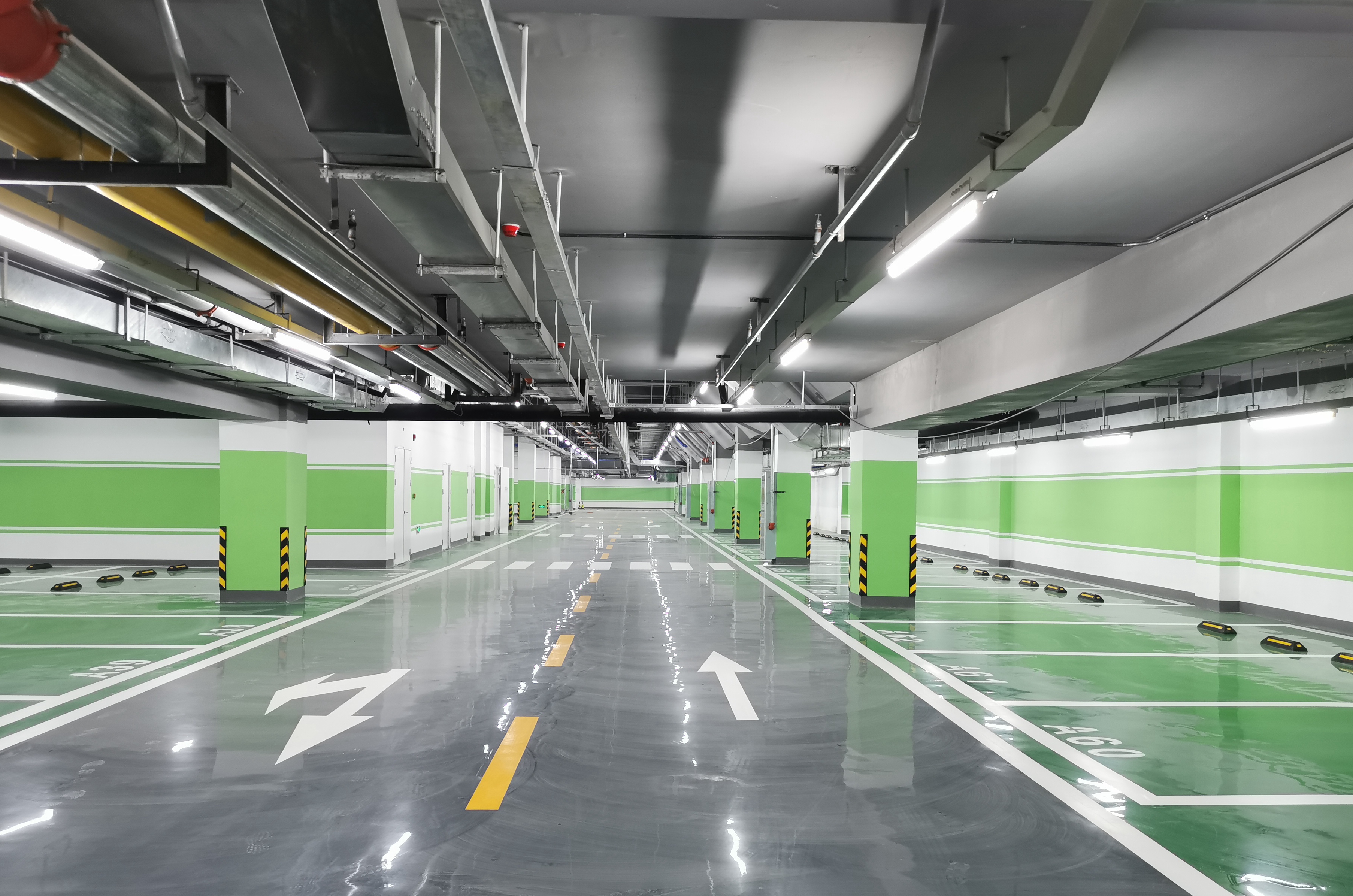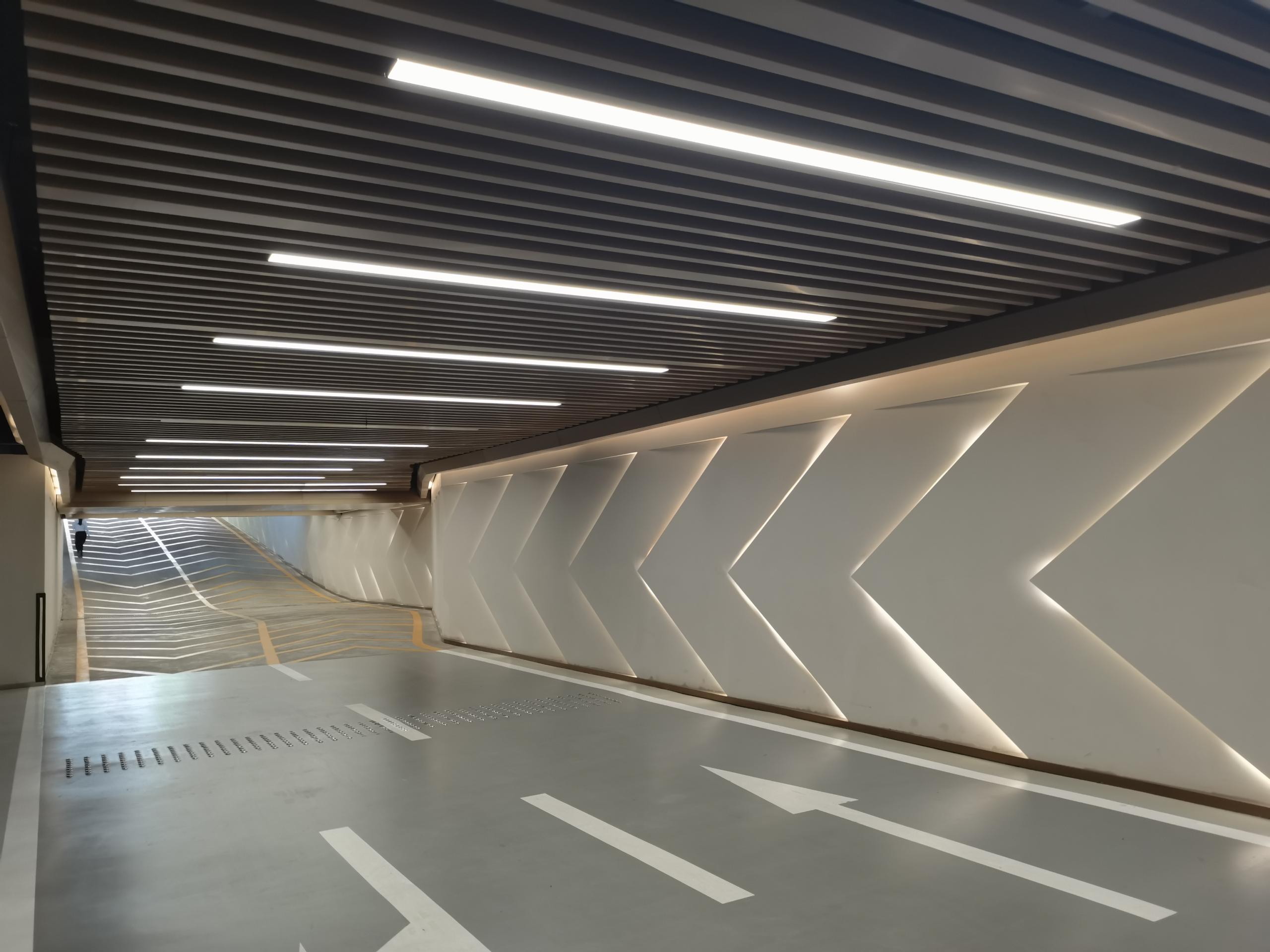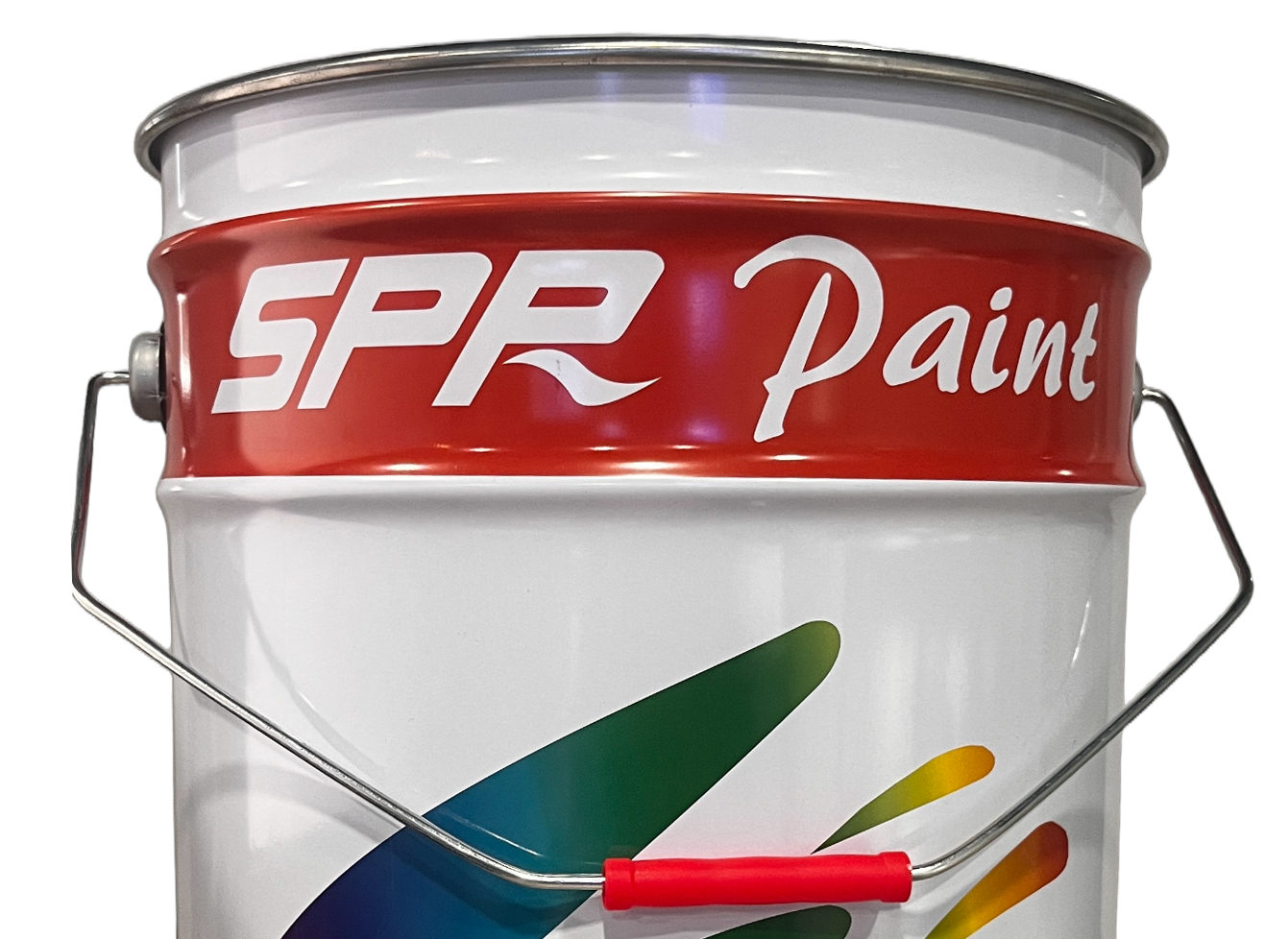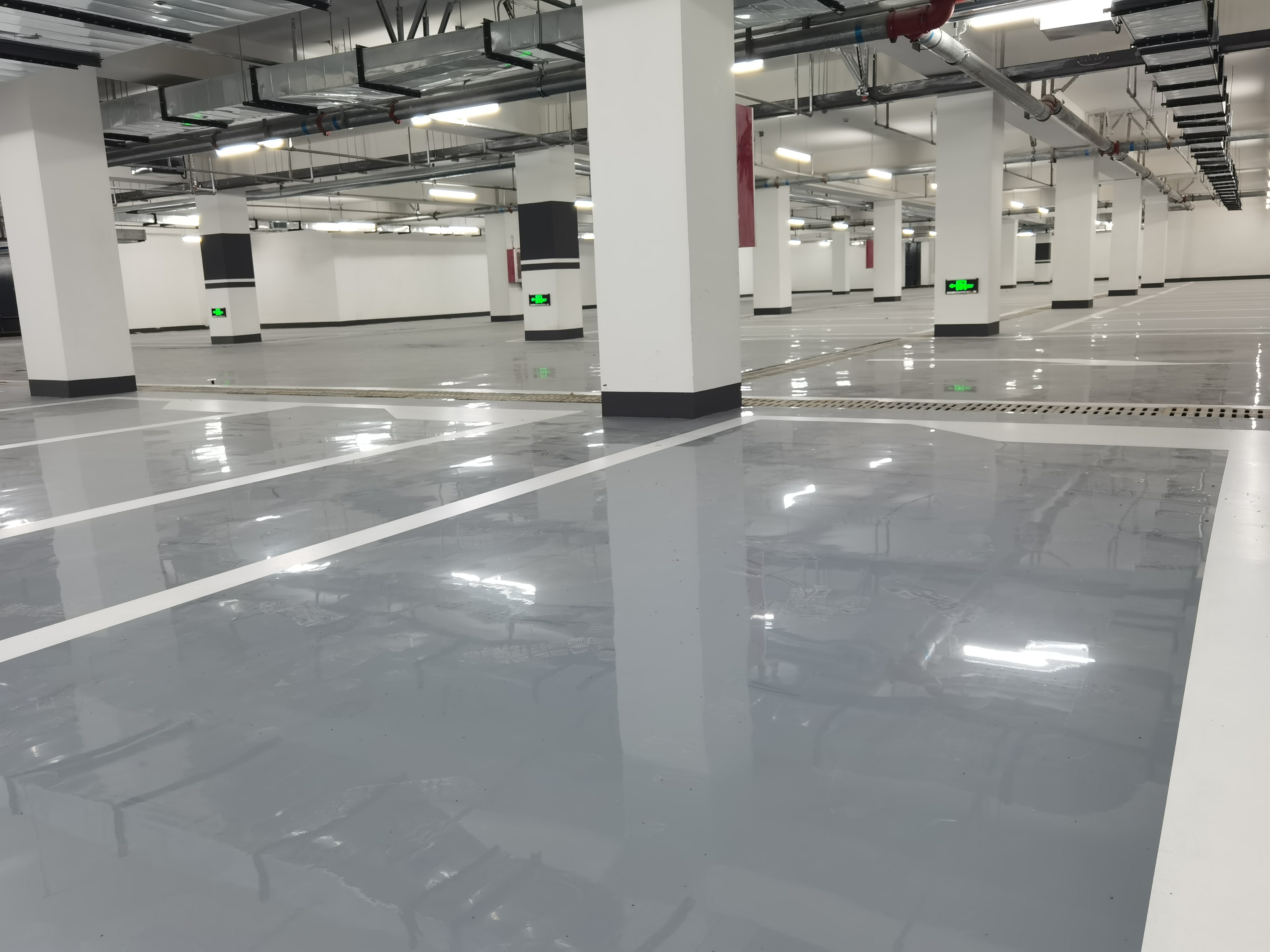How To Pick The Best Garage Floor Coating?
If you’re trying to decide which garage floor coating will work best for your space, you’re in the right place. Two of the most popular options used by professionals today are epoxy and polyaspartic coatings. Below, we’ll walk you through the pros, cons, and differences between these two systems so you’ll know exactly what to expect when you hire a contractor.

What Is the Best Garage Floor Coating?
Most flooring experts agree that a polyaspartic floor coating is the top choice overall. It offers exceptional durability, resists UV fading, and can handle heavy traffic and hot tires with ease. However, it’s also the most expensive option.
Epoxy remains a strong second choice, offering excellent protection, a glossy finish, and a wide range of customization options for a more affordable price.
Polyaspartic Garage Floor Coatings
A polyaspartic floor coating can serve either as a protective topcoat over epoxy or as a complete multi-layer system. It’s made from polyaspartic esters and other compounds that create a strong, flexible, and long-lasting surface.
Unlike traditional polyurea coatings, polyaspartic coatings cure more slowly, giving installers enough time to apply them evenly while still drying fast enough for quick use. Typically, they’re ready for foot traffic within 2 hours and for vehicles in 24 hours, while epoxy coatings require up to three days before cars can park on them.
Polyaspartic coatings also resist yellowing and discoloration from UV light, making them ideal for garages exposed to sunlight. Although they can cost around 20% more than epoxy, their superior longevity and performance often justify the higher price tag.
Epoxy Garage Floor Coatings
Epoxy is one of the most common and affordable ways to upgrade a garage floor. Installed in multiple layers — usually a base coat, a second coat, and an optional topcoat — epoxy creates a durable and visually appealing finish.
Depending on the desired effect, epoxy coatings can include UV inhibitors, adhesion promoters, pigments, flakes, glitters, or sand blends. For specialized concrete surfaces, like suspended slabs, professionals may use flexible epoxy membranes instead of standard coatings.
Here are a few common epoxy types:
100% Solids (Two-Part) – The strongest and most reliable epoxy type, made by combining resin and hardener. Best applied by professionals.
Water-Based – The easiest and cheapest option, though less resistant to abrasion and heat.
Solvent-Based – Highly resistant to fuel and oil, ideal for car enthusiasts.
Two-Part Water-Based – Similar to solvent-based, but with less odor and fewer VOC emissions.
Avoid products labeled simply as “epoxy paint.” These lack the strength and chemical resistance of true epoxy coatings and won’t provide long-term protection.
Can You DIY a Garage Floor Coating?
In short, no. While DIY kits look simple, professional installation is the smarter investment. Proper surface preparation — cleaning, repairing cracks, and grinding the concrete — is critical for lasting results.
Temperature also plays a big role. Hot weather can shorten the coating’s workable time, causing uneven coverage or poor adhesion. By the time you purchase all the tools, equipment, and materials needed, you may spend just as much as hiring a professional.
Link to this article:https://sprcoating.com/news/concrete_stain_vs_epoxy_131.html





